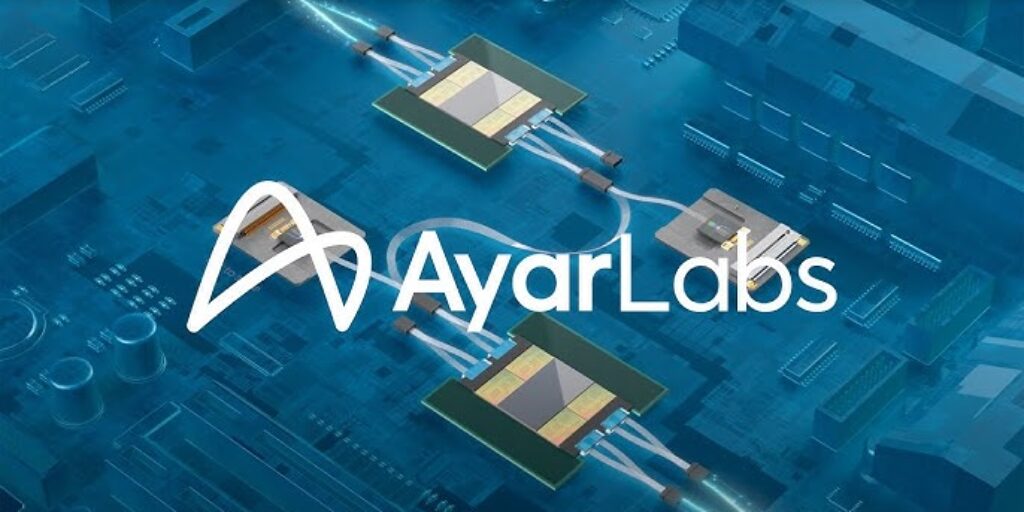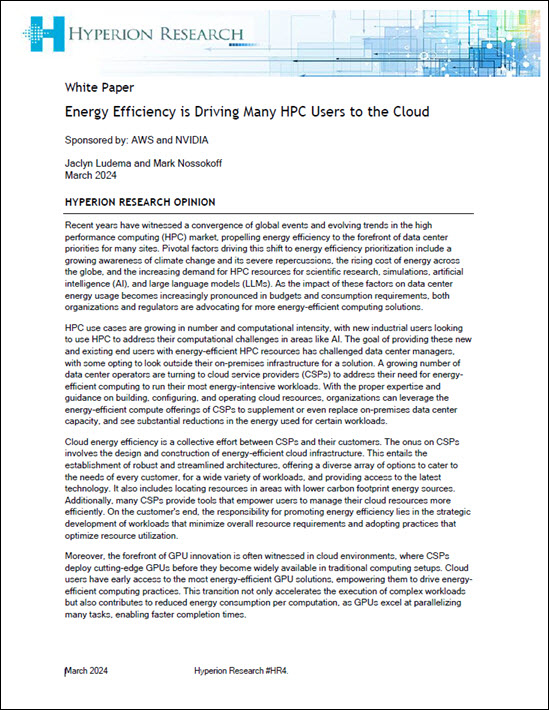And finally, we have the announcement of Intel acquiring the interconnect hardware assets of Cray.
Intel was the first company to put a stake in the ground stating we would have an exascale system by the end of the decade, and, we would be able to run today’s applications on those exascale systems without rewriting all the code. While a number of people believe this is not much more than marketing hype, a growing number of others are convinced Intel has been right all along. They haven’t said the applications will run well or set any sort of performance milestones – only that they would run. There is plenty of time to make sure this will happen. The important thing here is their commitment. Every discussion we’ve had – from the product groups to researchers deep within Intel Labs – has convinced us Intel is fully committed to leading the community to exascale. The acquisition of Cray’s interconnect hardware assets is a confirmation of Intel’s determination to forge the path to exascale, while providing the stepping stones to more practical, widespread use of petascale systems. In this issue, we look at the Intel – Cray deal from Cray’s perspective (an interview with Cray CEO, Pete Ungaro), along with an analyst perspective on the deal from John Barr at the 451 Group. In next month’s issue, we’ll be speaking with Intel’s Raj Hazra to get some more insight into this transaction that took many by surprise.
As the future of exascale starts to unfold, the dark clouds are slowly beginning to disperse.
For related stories, visit The Exascale Report Archives.




Comments